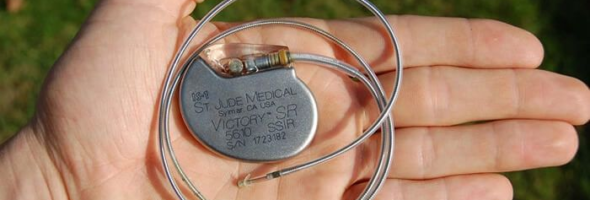When it comes to commemorating life’s most significant moments, few things come as close to perfection as a diamond. Their sparkle and allure have captivated us for centuries. Today, with technological advancements and an increasing emphasis on sustainability, a new contender has entered the diamond arena: lab-grown diamonds. As we delve deeper into the world of these man-made marvels, we’ll explore various facets to help you make an informed choice. Know that whichever you choose, the intent behind the gesture remains unparalleled.
Traditionally, diamonds have been excavated from the Earth, a process fraught with both wonder and controversy. But what if there was another way? A method that brings the same shimmer but reduces the ecological and ethical concerns? Enter lab-grown diamonds. Let’s embark on this enlightening journey together, weighing the merits and considerations of both natural and lab-grown diamonds.
Is a lab-grown diamond a real diamond?
This is perhaps the most frequently asked question regarding lab-grown diamonds. In essence, yes, a lab-grown diamond is a real diamond. Both lab-grown and mined diamonds have the same physical, chemical, and optical properties. They both consist of carbon atoms arranged in a crystalline structure. The primary difference is their origin. While natural diamonds form over billions of years deep within the Earth under high pressure and temperature, lab-grown diamonds are created in a controlled environment using advanced technological processes. But when viewed under a jeweler’s loupe or even more advanced equipment, their characteristics are identical.
Lab grown diamonds vs. natural price
Price is often a determining factor for many when purchasing diamonds. Lab-grown diamonds, due to the controlled and often faster process of creation, tend to be more affordable than their mined counterparts. On average, lab-grown diamonds can be 20-40% less expensive than natural diamonds. This price difference doesn’t stem from a disparity in quality or appearance but rather from the reduced overhead costs, lack of intermediaries, and efficiency of the production process.
Moreover, the pricing structure for natural diamonds has been historically influenced by marketing strategies and controlled supply chains. Lab-grown diamonds offer consumers a more transparent pricing model, making luxury more accessible to a broader audience.
Is a lab-grown diamond more ethical?
The diamond industry, particularly in the realm of mined diamonds, has faced its share of controversies over the years, from environmental degradation to ethical concerns related to ‘blood diamonds.’ Lab-grown diamonds address many of these concerns.
Producing a lab-grown diamond results in significantly less soil displacement, water use, and carbon emissions than mining. This reduced environmental footprint makes them a more sustainable choice for eco-conscious consumers.
From an ethical standpoint, lab-grown diamonds eliminate concerns associated with conflict diamonds, which have historically been used to finance wars against governments. Since these diamonds are produced in controlled environments, the chances of them being involved in funding conflicts, human rights abuses, or child labor are virtually nil. Thus, consumers can have peace of mind about the origins and implications of their purchase.
In Conclusion
The world of diamonds is evolving, with lab-grown diamonds emerging as a compelling alternative to natural diamonds. Whether you’re drawn to them for their affordability, ethical considerations, or the marvel of human ingenuity, they undoubtedly hold a significant place in the gemstone market.
As with any significant purchase, it’s essential to be informed and understand the nuances of your choices. Whether you lean towards the age-old allure of natural diamonds or the progressive appeal of lab-grown ones, remember that the true value of a diamond isn’t just in its sparkle, but in the love and memories it represents.






